The Creepiest Herptiles In Time For Halloween
This is not something I normally do. As both a herpetologist and educator, I spend most of my time trying to convince people that reptiles and amphibians are NOT the creepy, disgusting creatures they believe them to be. Though not everybody’s favorite animals, they are hugely beneficial and beautiful in their own ways. However, I will make an exception today. Since Halloween is all about looking at the scary and creepy side of life, I thought I would present some of the more fearsome herptiles out there!
Horned Toad: Though called a toad because of their blunt faces, horned toads are actually small, spiky lizards. They are short, stout and actually rather cute in their own reptile way, so why do they make the list of creepiest reptiles? Well, it has to do with their unique (and somewhat disturbing) defense mechanism: they spray blood from their eyes. At least eight species are capable of this defense; when disturbed by a predator, they can shoot a stream of blood up to about five feet! They do this by restricting the blood flow leaving the head; blood pressure builds up until… POP! Tiny vessels around the eye lid are ruptured, shooting the blood to confuse predators (and it tastes nasty to many species). This little lizard seems to understand the spirit of Halloween!
Surinam Toad: This species of frog (so strange how they always call non-toads toads), has an interesting style when it comes to parental care. “But wait, how can parental care possibly be creepy?” Don’t worry, there is plenty of gross and disturbing to be found here. Following the laying and fertilization of eggs, the male surname toad arranges the eggs ever so gently on the female’s back (hang in there, good part’s comin’!). The eggs begin sinking into her back, forming pockets that appear similar to honeycomb, proving them with the ultimate protection. The eggs will not only live in her back; once they hatch and the tadpoles emerge, they will live from her skin until they metamorphose.Once they are fully developed frogs, they will burst forth from her back! The mother will shed the outer layers of skin and begin the cycle anew.
Stiletto Asp: Venomous snakes are inherently scary, but the stiletto asp definitely stands out from the rest. Their fangs are incredibly long compared to their head; these two teeth can be up to a third of the total skull length, making them appear very similar to a vampire! However, because its fangs are so long, it can’t effectively bite prey (or people) to deliver its potent venom. “Well, what’s so scary about a venomous snake that can’t bite?” To answer that, we can look at an interesting behavior that has given the stiletto asp another name: the side-stabbing snake. The teeth of the snake actually have an incredible range of motion, and can point outwards or be rotated (hence the “stiletto” name). When on the attack, the asp points its fangs outwards on either side of its head (without opening the mouth) and simply swings its head back and forth, stabbing its prey or attacker with potent venom. In rodent burrows filled with multiple prey animals, this devastating attack can kill everything in a matter of seconds!
Glass Frogs: Perhaps not the creepiest amphibians out there, Glass Frogs have a rather unique camouflage method. Their skin is a light green and is translucent, helping them blend into their tropical environment by making the frog almost invisible against the leafy background. Because their skin is somewhat clear, it is possible to see inside the frog with remarkable detail; bones, organs, blood vessels and even eggs can be readily seen without having to perform any sort of procedure. We have a fascination with skeletons around Halloween; the glass frog bears its bones for anyone to see!
Gila Monster: One of my favorite reptiles, Gila Monsters are a species of venomous lizard found in the southern portion of North America. While venomous snakes have perfected an incredibly efficient means of venom injection, Gila Monsters have a more primitive (and disturbing) method for getting the job done. The lizard bites down on its unlucky prey with extremely powerful jaws (they will not let go until the prey is dead or its jaws have been pried open). While clamped down, the Gila Monster begins chewing on the flesh, ripping and tearing the skin to create a nasty wound. Rather than injecting venom through hollow fangs, the lizards simply begins drooling its potent toxin, chewing it into the bite wound!
Plethodon Salamanders: Animals have a huge variety of methods of trying to attract a mate, but some plethodon salamanders have taken attraction to a creepy extreme. The males have two elongated teeth that are very reminiscent of vampire fangs; just like the vampires of lore, he bites into the female’s flesh, implanting his fangs in her capillary blood supply. He’s not going to drink her blood though, he is actually injecting pheromones directly into her bloodstream, completely bypassing her chemosensory system. With luck, the female will respond positively towards the male and begin laying her eggs.
Leatherback Sea Turtle: Leatherbacks are the largest turtles on Earth, weighing up to over 1,500 pounds. Despite their huge size, many people actually find the turtle rather cute, so why does it earn a spot on the list? Well these turtles have one of the scariest mouths in the animal kingdom. The interior of the mouth is filled with sharp keratinized tooth-like prongs called papillae, and these extend down its throat (making the turtle a living Sarlacc to you Star Wars fans!). The turtle is constantly feeding, needing to eat up to 73% of its body weight each day. Fortunately, it feeds predominantly on jellyfish, and these disturbing “teeth” assist the turtle by moving food down to the stomach like some twisted conveyer belt. One thing can be agreed upon: once prey enters that mouth, there is no escape!
Frilled Lizard: Life can be quite scary for reptiles, so some have taken it upon themselves to be even scarier. The frilled lizard is native to Australia and is named for its rather unique defensive structure. When confronted by a predator, the filled lizard opens its mouth, hisses loudly and extends the large frills on either side of its head (yes, the frilled lizard is the inspiration behind the frilled Dilophosaurus from the Jurassic Park films). The frills are a defensive posture designed to make the lizard look larger than it actually is; in a world where size generally correlates with physical strength, it is usually enough to send predators packing!
These reptile traits may seem frightening, but they all serve very important purposes and functions. To survive on their own, many animals must adopt unique, bizarre and sometimes downright scary adaptations to get by. And even though they may do their best to scare us, they remain highly beneficial animals with their own special place in the natural world!
HAPPY HALLOWEEN!!!
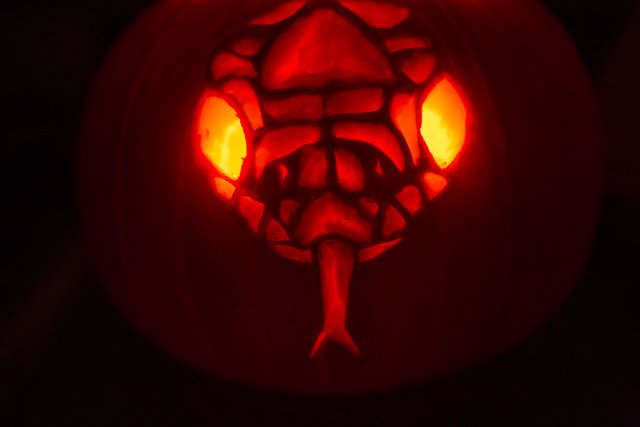
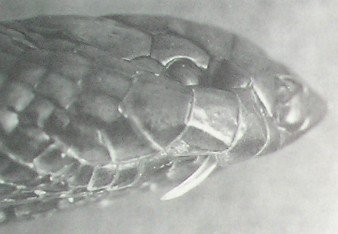
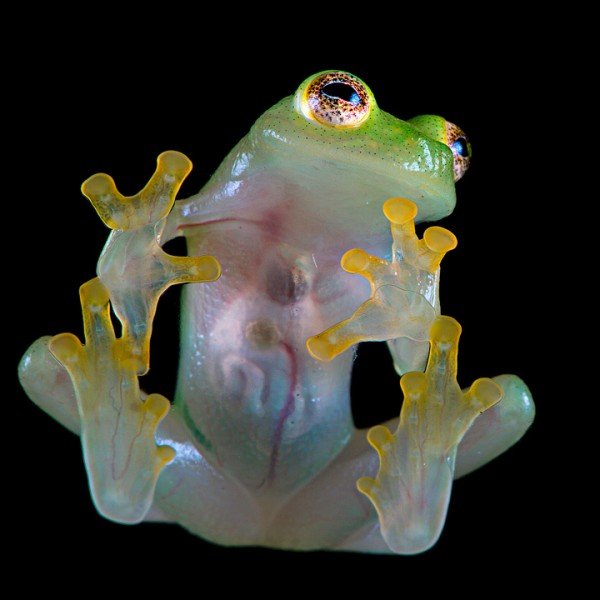
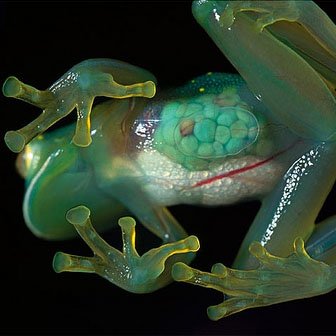
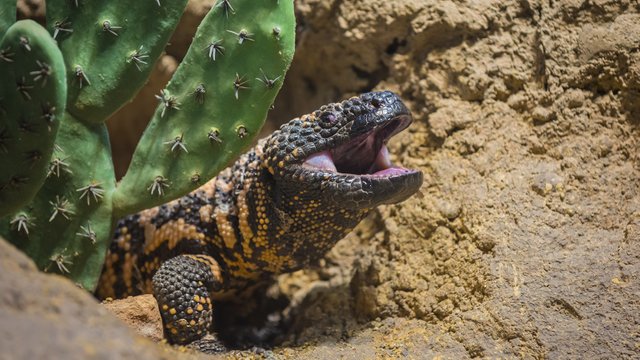

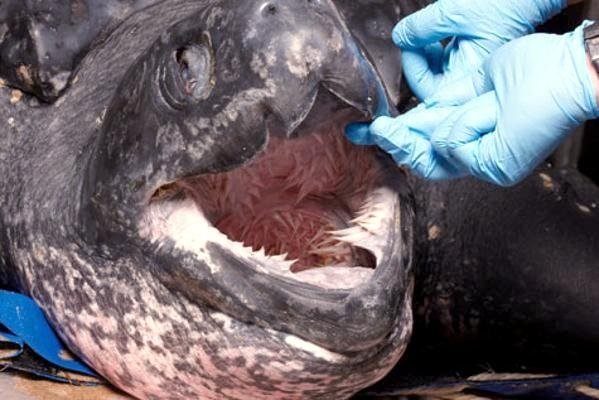
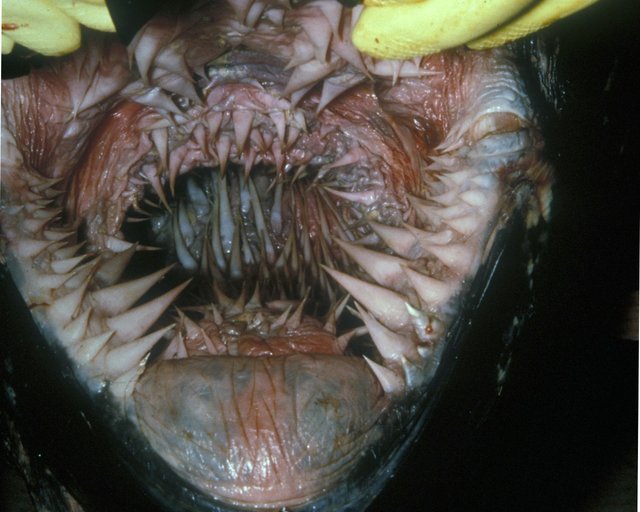
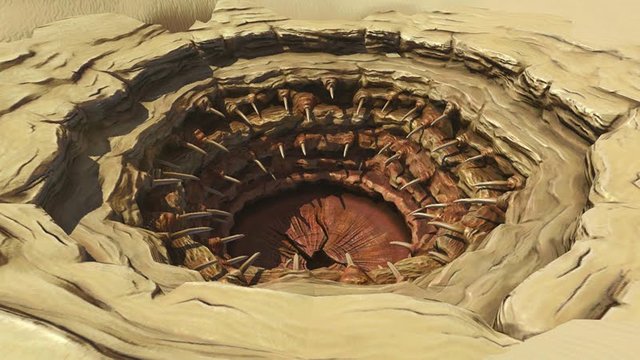


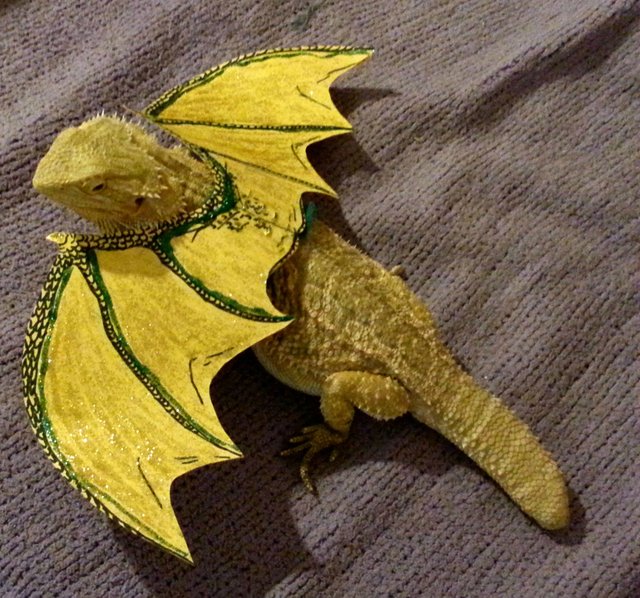
WOW - I think the scariest one of them all is the mouth of the Leatherback Sea Turtle! I am stunned by the photographs!
Great information @herpetologyguy I love learning new things :)
eeks - that mouth is something out of 'Alien' !
Cutest one is the frilled Lizard - 'Yellow Dracular" ready for Halloween.
Just read this out to my husband over breakfast - may have put him off it now!
Great read and pictures , thanks for a great share again
HAPPY HALLOWEEN!